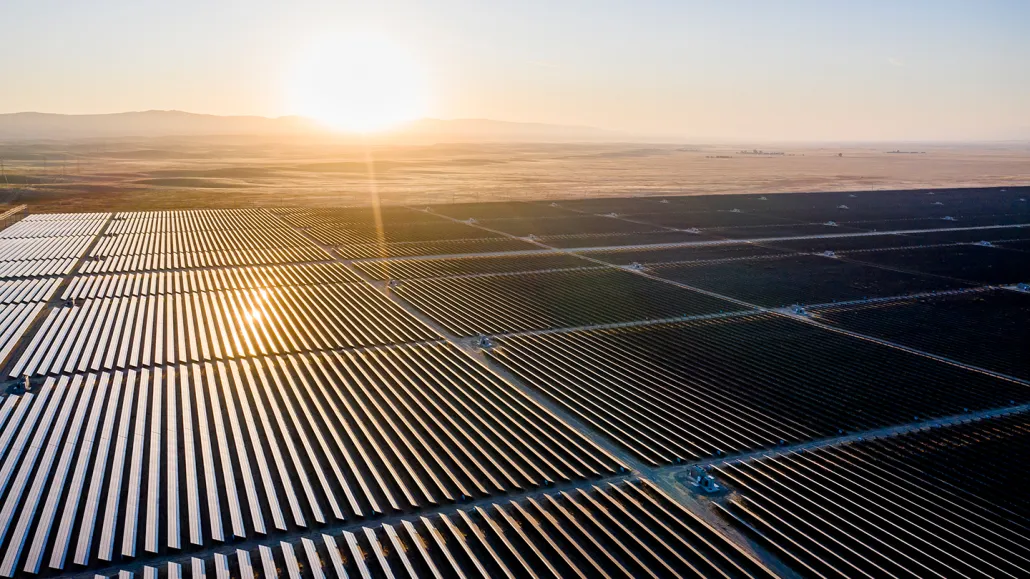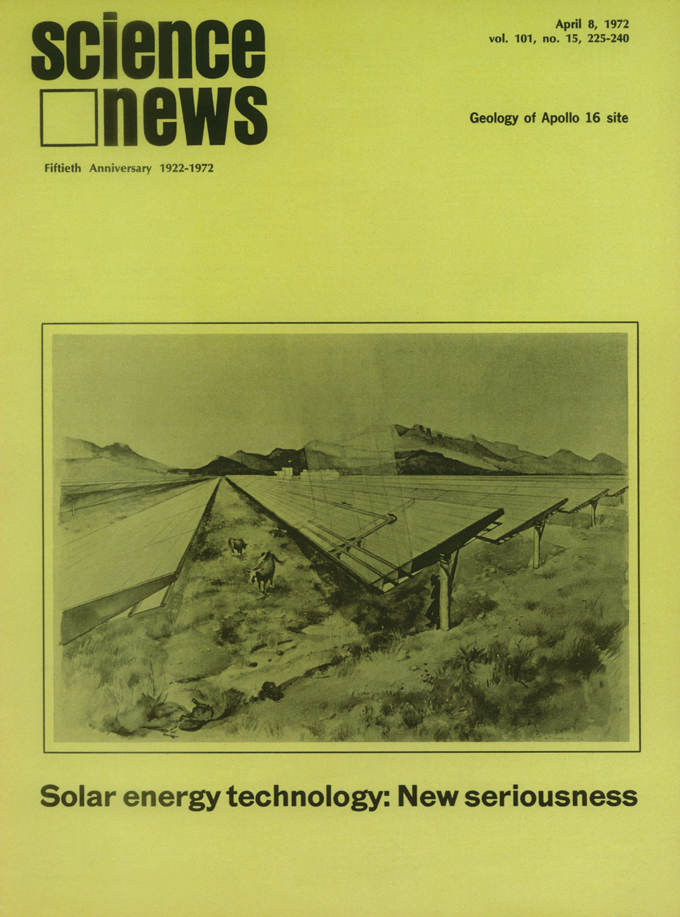50 years ago, the future of solar energy looked bright
Excerpt from the April 8, 1972 issue of Science News

The first solar energy farm in the United States was established in 1982. Today, the country has more than 2,500 such farms (one shown).
Markus Altmann/Corbis/Getty Images






